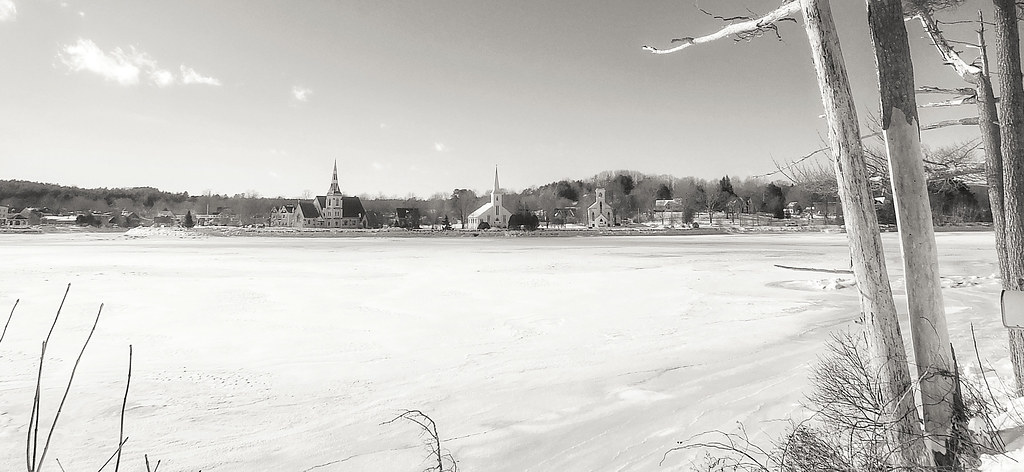DID THE KNIGHTS TEMPLAR FLEE FRANCE TO ARRIVE AT LATVIA IN 1342?
At Riga Latvia did the Knights Templar merge with their northern brothers....The Teutonic Knights?
View attachment 1999855
View attachment 1999856
"Having been betrayed and abandoned by the Church and hoodwinked by the King, the Templars disbanded. Individual groups merged into several other European orders. But one segment of the Knights Templar, the one bearing all of the order’s great secrets, artifacts and gold, needed a safer haven than their brothers had found.
Protecting themselves was secondary to protecting their treasures. So the search began for the perfect hiding place. Connoisseurs of historical legends and myths are convinced that the mysterious Knights Templar gold was stored in Marienburg – the historical name of Aluksne, a town located in present-day Latvia, in a castle of the Livonian Order.
You can still hear legends told by the locals about the gold of the Knights Templar once stored in the castle. Information has also been published online. Ships full of treasure sailed to Latvia, they say, and some of it is still hidden there.
But how was such a huge amount of gold transported there unnoticed? The answer is simple. At that time France was already exporting wine in barrels in different directions. Some of the barrels were half-filled with treasure then covered with a layer of wax, and second half with wine. The barrels were transported to Latvia and kept in the castle’s wine cellars together with the usual barrels.
14th Century Boomtown
Riga began to develop as a centre of Viking-dominated trade during the early Middle Ages. The Chronicle of Henry of Livonia testifies to the city having long been a trading centre by the 12th century, referring to it as an ancient port and describing dwellings and warehouses used to store mostly corn, flax and hides. Officially, the city was founded in 1201 by Bishop Albert I. Albert landed in Riga in the year 1200 with 23 ships and around a thousand eager crusaders.
The Livonian Brothers of the Sword, later called the Livonian Order, was founded by Bishop Albert himself. Before his arrival, though, Rigans had been quite poor, with just two small stone castles and a wooden church, a parsonage, several warehouses and a pier. That was all they could manage to operate with their funds. Then, abruptly, in 1315, just a year after the purge of the Knights Templar was supposedly completed, Riga and its surrounding territory experienced an unexplained economic boom. Almost simultaneously, construction began on no less than 34 castles complete with towers and excellent access roads. Buildings popped up like weeds. Foreign architects and bricklayers were brought into Livonia to ensure the quality of these massive building projects. Where did this tremendous and sudden wealth come from?"
All Paths Lead To Aluksne
"The name of Aluksne was first mentioned in the Pskov Chronicles in 1285 under the names of Olysta, Alyst, and Volyst. The castle of the Livonian knights was built here in 1342 on the biggest of the islands in Aluksne Lake. It was named Marienburg, after Mary, mother of Jesus, and a settlement that emerged around it became known as Marienburg as well."
View attachment 1999857
The Knights Templar would have found this to be their safe harbor for themselves and their generations up until the late 1500’s when Ivan The Terrible conquered them.
Finding their Treasure and Artifact becoming unsafe... my theory is they departed for another island in the New World of Acadia.
I will next relate how the treasures of these 16th Century Knights merged with the 18th Century British Navy Freemasons!
I was informed that these Crusaders brought back from the Holy Lands to Latvia... a native tree to introduce on their island called Marienburg ...this tree is called a
Lone Pine.
Did these homesick Templar Knights also replant the Lone Pine on a similar island now known as....
Oak Island?
View attachment 1999858
View attachment 1999947






